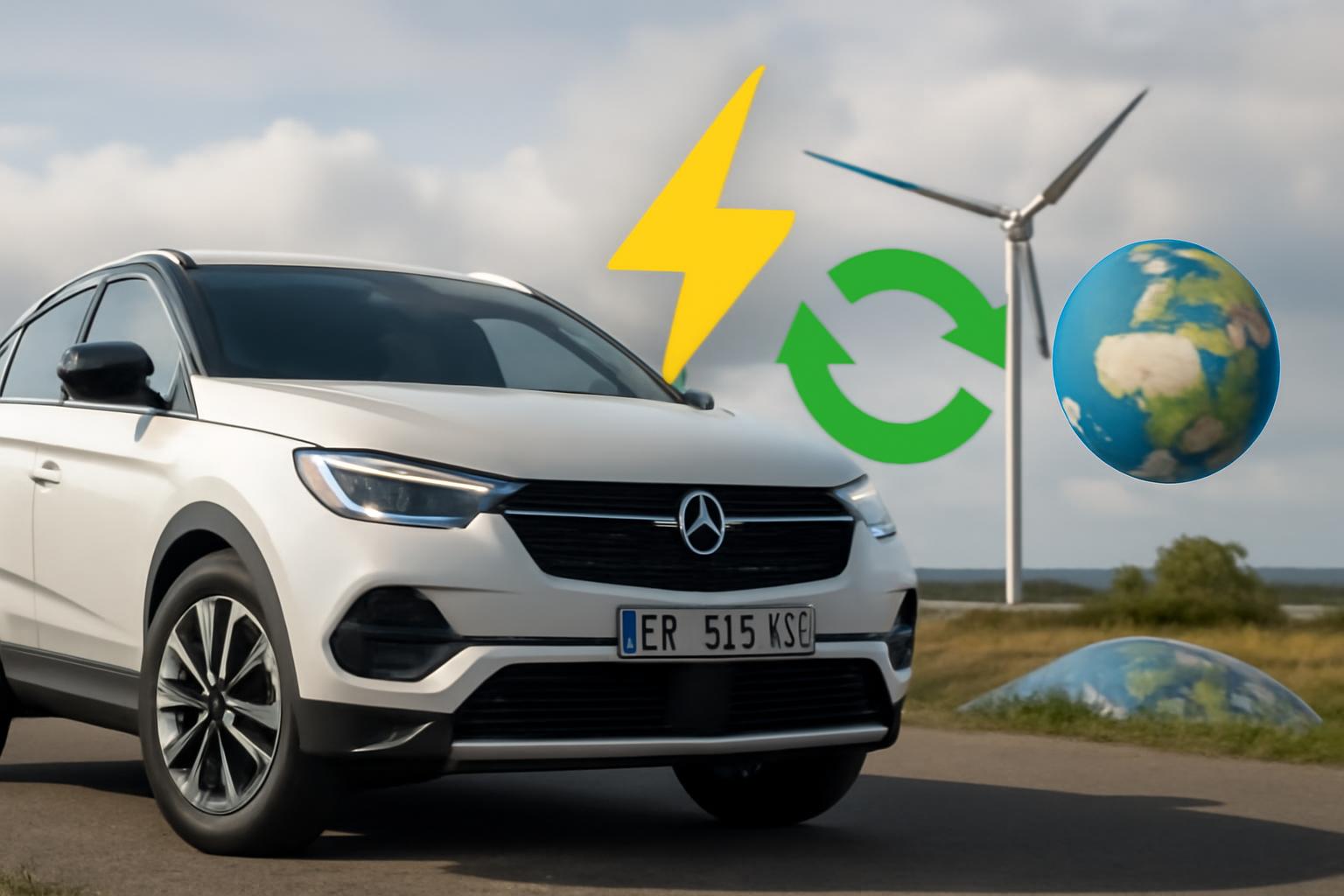Opel, part of Stellantis, has abandoned the ambition to sell only battery-electric cars in Europe by 2028. Instead, it will offer a “Multi Energy” mix—batteries, plug-in hybrids, mild hybrids, or internal combustion engines—depending on what customers want. The 2028 cut-off is not fixed; if demand shifts, the plan can bend. The huge battery-cell plant in Kaiserslautern is on hold, yet Opel declares its commitment to electrified mobility, pointing to policy support in Germany, France, and the UK and presenting itself as the first German manufacturer with a fully electrified model portfolio. In the broader terrain, similar recalibrations are underway: Mercedes-Benz has trimmed its 2030 all‑EV target, and Porsche has stopped developing its own battery-cell production to curb costs, with job changes hinted in its Cellforce unit.
From where I stand, this is a revealing snapshot of a transition that cannot be dictated by fiat or dates on a timetable. It shows that what passes for certainty about technology and consumer taste is nothing but a raft of imperfect knowledge carried by a thousand local currents. Plans that presume a single path—an all‑EV highway by a fixed year—ignore the dispersed experiences of buyers, the real costs of scaling infrastructure, and the unpredictable twists of global supply chains. A Multi Energy approach acknowledges this plurality and pragmatically respects the fact that capital, labor, and demand must be coordinated in ways no central planner can fully foresee. The pause on the Kaiserslautern plant is not merely a cost-saving measure; it is a confession that capital commitments must ride the tide of realized demand, not swim ahead of it on a timetable.
Yet the public narrative remains consumed with decarbonization deadlines and national industrial prestige. The reality is more humbling and more instructive. When Mercedes-Benz retreats from a hard 2030 EV target and Porsche withdraws from in-house cell production, one hears a chorus of market-tested prudence rather than doctrinaire bravado. Government policy can and should create stable, predictable conditions—reliable grid capacity, consistent regulatory signals, and funding that accelerates useful infrastructure—without attempting to micromanage every watt of innovation. The danger of political command is that it substitutes the fear of what might happen for the slow, stubbornly local process by which individuals discover what actually works.
The virtue of the market, in this sense, remains its capacity to learn. Competition among technologies—BEVs, hybrids, alternatives to batteries, and perhaps new propulsion ideas—will sift the viable paths from the speculative ones. The task of policy is to lower the costs and barriers to experimentation, not to preside over a single “correct” technology. If Europe wants a credible transition, it must trust the dispersed knowledge of entrepreneurs and consumers, and resist the temptation to turn the future into a fixed calendar. Let the price signals and the passage of experience guide the way, and the result will be a more robust, adaptable mobility ecosystem rather than a fragile monument to a date on the wall.
